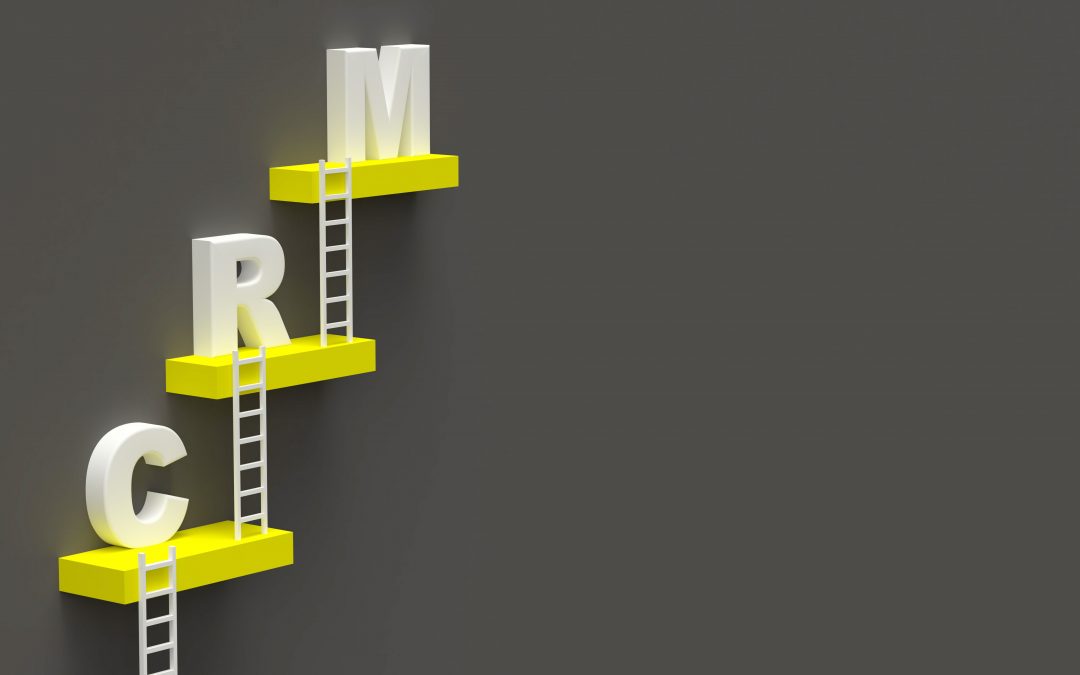Talent Retention Coach (She/Her) – Helping Leaders support Young Professionals
Earlier this week I gave a lecture at University of West London (UWL) on The Art of Client Relationship Management – and it was a real pleasure to meet such an engaged and talented audience. It’s a broad topic of course, but I think there remain three central pillars of resilient client relationships which I want to share here.
Firstly, a strong client relationship relies on good personal branding. You experience others’ personal brands all the time, so it should be a no-brainer to work on your own – except we all know it’s difficult to appraise yourself. I always tell my audiences to start with a little self-awareness exercise. Clients want you to be confident, resilient, agile and adaptable. There are more elements to it, of course, but start there. Consider a challenging workplace situation – let’s say that angry client call you weren’t expecting – and score yourself on those three areas. Did you have the answers you needed? Did you take the heat without taking it personally? Did you resolve it using your own initiative – or escalate it appropriately? Score yourself out of 5 on each one, then ask yourself how you could do better next time. That kind of self-awareness is the foundation of building a stronger personal brand.
The second pillar is of course KYC or Know Your Client. You would be surprised how many people engage with a client for the first time without a really good working knowledge of their business. However, as all people with a strong personal brand know, first impressions can be critical for a good working relationship, so do your homework. Scanning their website before a call or a meeting won’t cut it, you need a grasp of their whole presence. Look at their social media profiles, their hashtags and the other companies in their domain. Read the articles they share and their competitors too. Also, pay close attention to the client’s preferences in person. Are they chatty? Are they formal? Mirroring their behaviours will put them at ease and build trust – it’s called homophily (we like people like ourselves).
Finally, it’s essential to design your relationship – I call it Designing Your Alliance. This is where a strong CRM tool is key. In addition to the notes you make from a KYC perspective, create a framework for consistent communication with the client. Start with the basics – do they prefer a call or an email (yes, those basics!) – and work up from there. Some people prefer to have confidentiality agreements, or they want a solid set of documentation on GDPR or other concerns. Get these basics down first, then focus on setting expectations. Most client relationship problems come from over-promising or a lack of transparency over pricing or timelines. These things need to be clear and regularly communicated to ensure clarity and shared understanding.
It was a very successful event, and of course there was a lot more detail. We discussed the next – advanced steps – of how to ally with your client and their business objectives. That will take a strong relationship to the next level of profitability, however, without these solid foundations you’ll never get that far.

